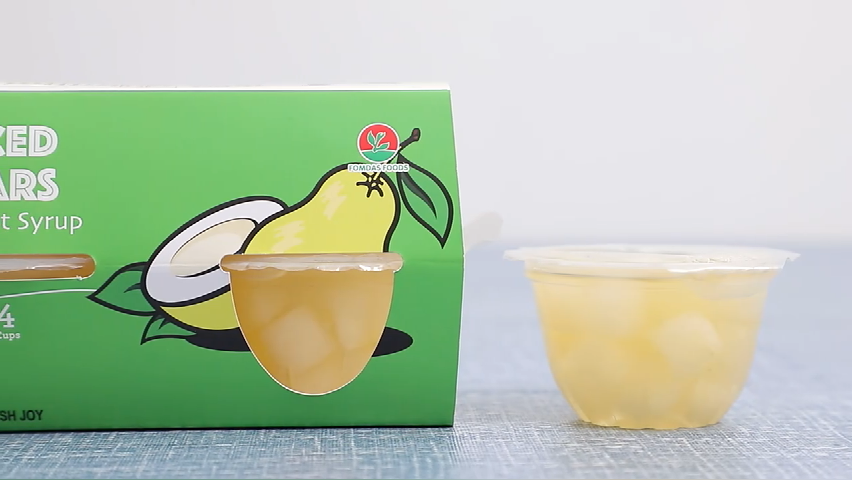Replant disease of fruit trees refers to the phenomenon that the growth of replanted fruit trees is inhibited or diseased by planting a kind of fruit tree and then continuing to plant the same kind of fruit trees or similar fruit trees on the same piece of land. Replant disease is also called consecutive obstacles, replantation disorders, bogey phenomenon. Many fruit trees are formerly the same species of fruit trees, and even when the former is a different tree species, they will grow poorly, manifesting as poor growth of young trees, poor root development, rot, dwarfing plants, short internodes, chlorotic leaves, and reduced leaf area. Branches are shorter and less. Severe orchard replant diseases occur, the tree performance is very slow growth, there are various diseases, yield, quality decline, low survival rate, short life. General replant diseases can occur in apples, peaches, pears, apricots, plums, cherries, and grapes, among which apples and peaches are the most serious. According to investigations, fruit tree replantation has occurred in various parts of the country, and caused great economic losses. I. Causes of replant disease in fruit trees 1. Mutual repulsion of root exudates. In the process of growth and development, the roots of fruit trees secrete and release large amounts of metabolites into the soil. After many years of accumulation, these secretions can produce mutually toxic interactions with similar fruit trees when they reach a certain concentration. A direct or indirect harmful effect is caused by the same or another fruit tree, resulting in replantation of replanted fruit trees. 2. The imbalance of soil nutrient composition. The roots of the same type of fruit trees absorb basically the same nutrients in the soil. Continuous planting of the same fruit tree will result in over-consumption of certain nutrient components, which will unbalance the distribution of nutrients, especially certain trace elements, in the soil and cause some Changes in the flora of some micro-organisms make the nutrients specially needed for some fruit trees unsustainable or excessive, resulting in fruit trees that are in a state of hunger, self-loss, or excessive growth, resulting in poor growth or death of fruit trees. 3. Abnormal soil pH. Continuous planting of the same or the same type of fruit tree in the same farmland, in addition to the secretion of the crop roots can acidify the soil, the fruit trees in the process of growth, a large number of absorption of positive ion elements, but also can promote the increase of soil acidity, so that the soil physical and chemical properties With the mutation, the microorganisms in the soil increase rapidly. In addition, changes in soil pH can also affect the availability of nutrients in the soil. 4. Increased nematode and pathogens. In fruit trees, nematodes are found in grapes, peaches, and persimmons. Most of them live in the soil and are parasitic on the roots and underground stems of the plants. Some nematodes and pathogens work together to harm fruit trees and create conditions for the entry of pathogens. Moreover, nematodes are also the mediators of plant viruses. In the case of replantation, a large number of nematodes endanger the replanting of fruit tree roots, resulting in debilitating shoot growth and becoming sensitive to harmful microorganisms in the soil, such as susceptibility to Fusarium and rotten roots. Replanting fruit trees provide hosts for pathogens over winter or summer, which is beneficial to the accumulation of pathogens, thereby aggravating the obstacles to replantation. Second, prevention and control measures for replant disease in fruit trees The occurrence of fruit tree replantation disorders is often caused by a variety of factors that are interrelated and interact with each other. Therefore, in the prevention and control of replant diseases in fruit trees, comprehensive consideration must be given to various factors according to their specific conditions, and measures should be taken in light of local conditions. 1. Reasonably replanted. In the case of a certain tree species in the past, there were significant differences in the amount of growth due to different tree species in the replanted fruit trees. When replanting a pear tree, it is best to use peach and walnut as its predecessor; peaches, grapes, and walnuts can be replanted when the former is a pear tree; figs, apples, pears, etc. should not be replanted. Usually the same tree species should not be replanted, and pome fruits, stone fruits, and berry trees should not be replanted. 2. Clear Garden. The vast majority of non-professional parasitic fungi and bacteria can survive in plant debris such as dead branches, fallen leaves, fruit drop and residual roots of infected hosts.
Canned Bartlett Pears and Canned Snow Pears, peeled and pitted pears, In Light Syrup and Fruit Juice. You can decide the outside container size and material, such as A10 metal can, 20oz PET jar and 4oz plastic cups.
All the fresh pears are purchased from approved suppliers, who have passed the complete and strict assessment of Fomdas qualified supplier assessment system. Before putting into production of Canned Pears, we test pesticdies and heavy metal residual to make sure the raw materials are clean and safe.
Fomdas Canning Fresh Pears are sweet and healthy with typical good smell of mature pear. With shelf-stable Organic Canned Pears, you can have good taste of fresh pears anywhere and anytime.
Canned Pear,Canning Fresh Pears,Canned Pears In Juice,Canning Pears In Light Syrup ZHEJIANG FOMDAS FOODS CO., LTD. , https://www.fomdasfoods.com
